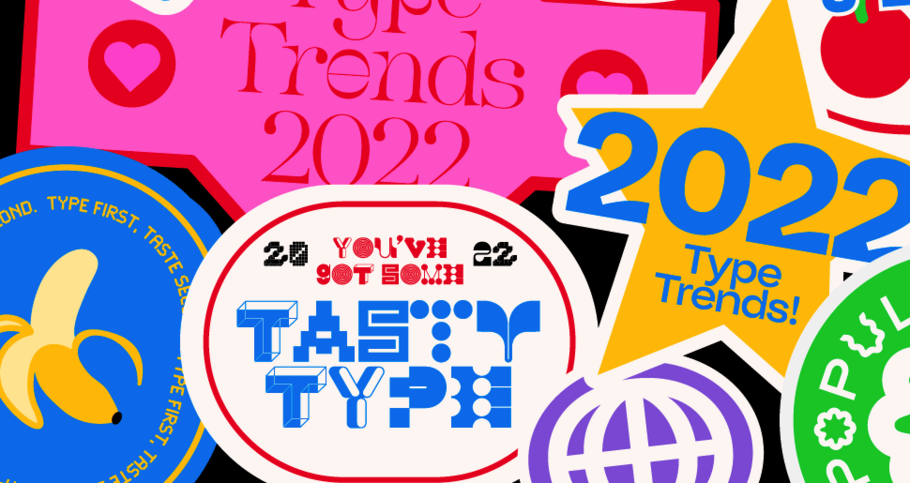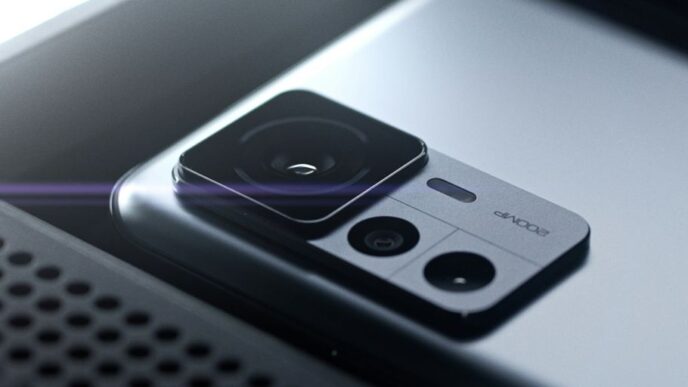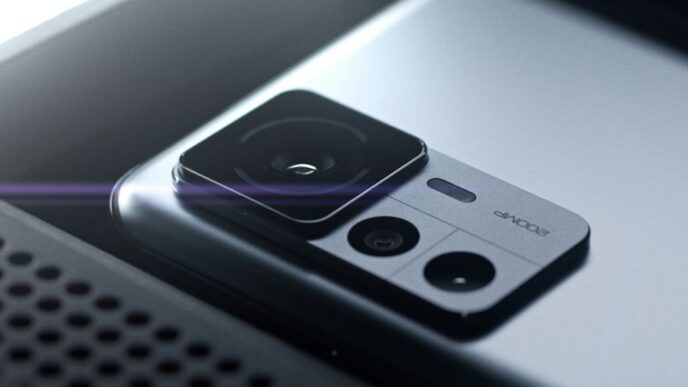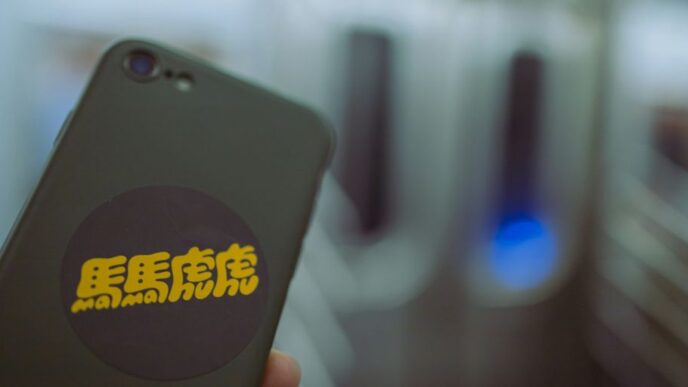In the ever-evolving world of graphic design and print, staying ahead of the curve is essential for businesses aiming to create visually appealing and effective materials. Typography, a fundamental aspect of design, plays a pivotal role in conveying the right message and making a lasting impression. With advancements in technology and design aesthetics, typesetting trends have evolved, offering modern solutions that blend innovation with timeless appeal. In this article, we will explore some of the latest typesetting trends that graphic design and print companies should embrace to create stunning and effective visual content.
-
Variable Fonts: Tailoring Typography with Precision
Variable fonts have taken the design world by storm. These fonts offer unparalleled flexibility in customization, allowing graphic designers to adjust various attributes like weight, width, and slant with precision. For graphic design companies, this means having a single font file that can adapt to various design needs, saving time and resources. Print companies, on the other hand, can benefit from variable fonts by ensuring text looks impeccable on various print materials, from business cards to banners.
Variable fonts not only enhance design flexibility but also contribute to better readability and aesthetics. They enable designers to optimize typography for different screens and devices, ensuring that the message remains consistent across various mediums. By incorporating variable fonts into their toolkit, graphic design and print companies can offer clients sophisticated typography solutions that align with modern design sensibilities.
-
Minimalistic Typography: Less Is More
In recent years, minimalism has become a prevailing trend in typography. Graphic design companies are increasingly adopting minimalist typography to create clean and elegant designs that captivate audiences. Minimalistic typography emphasizes simplicity, legibility, and clarity, making it an ideal choice for conveying essential information effectively.
Print companies can leverage this trend by offering clients printed materials with minimalist typography that exude sophistication and modernity. From business cards to brochures, minimalistic typography can enhance the visual appeal of printed materials, making them more memorable and impactful.
-
Serif Fonts Make a Comeback
While sans-serif fonts have dominated the digital landscape in recent years, traditional serif fonts are making a comeback in both digital and print design. Serif fonts exude a sense of heritage, reliability, and authority, making them an excellent choice for conveying trustworthiness and timelessness.
Graphic design companies can incorporate serif fonts into their designs to evoke a sense of authenticity and credibility. Print companies can benefit from this trend by offering clients printed materials with serif typography that communicates reliability and professionalism. When used strategically, serif fonts can elevate the overall aesthetic of print materials and leave a lasting impression on recipients.
-
Handwritten and Script Fonts: Personalization and Warmth
In an age of digitalization, handwritten and script fonts add a personal touch to designs that resonate with audiences. These fonts are ideal for creating a sense of intimacy, warmth, and authenticity. Graphic design companies can use handwritten fonts to infuse personality into branding materials, such as logos and packaging.
Print companies can capitalize on this trend by offering personalized print materials that incorporate handwritten or script typography. Customized invitations, greeting cards, and labels with script fonts can evoke emotions and create a memorable experience for recipients.
-
Responsive Typography for a Multi-Platform World
With the proliferation of devices and screen sizes, responsive typography has become crucial for ensuring a consistent user experience across various platforms. Graphic design companies must consider how text adapts to different screen sizes, orientations, and resolutions.
Print companies can also benefit from responsive typography when creating designs for different print sizes and formats. Ensuring that text scales appropriately and maintains legibility is essential for delivering high-quality printed materials.
Conclusion
Typography remains an integral part of both graphic design and print industries. Staying current with typesetting trends is essential for graphic design companies to create visually stunning and effective designs. Print companies can also benefit from embracing these trends to offer clients exceptional printed materials that align with modern design aesthetics.
By incorporating variable fonts, adopting minimalistic and serif typography, exploring handwritten and script fonts, and implementing responsive typography, graphic design and print companies can set themselves apart in a competitive market. These trends not only contribute to modernity but also ensure that the timeless power of typography continues to make a lasting impact in the digital and print worlds. Embracing these trends can help graphic design and print companies deliver captivating and effective visual content to their clients, ultimately leading to greater success in their respective industries.













